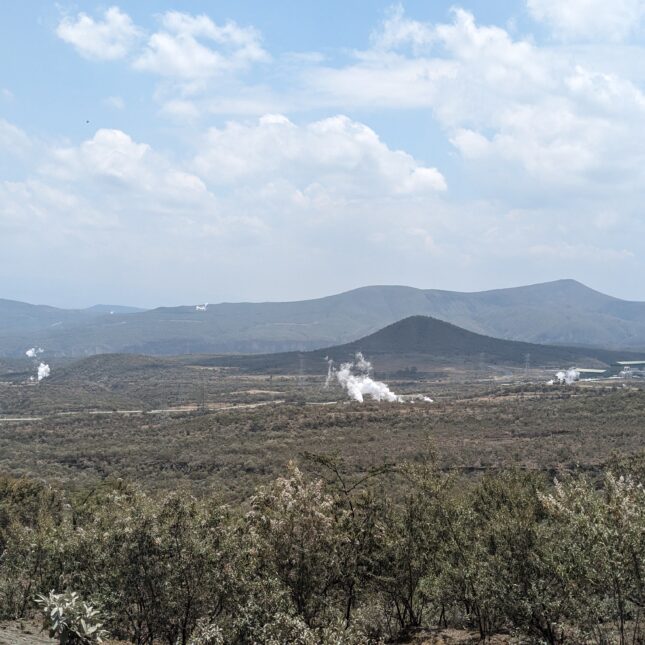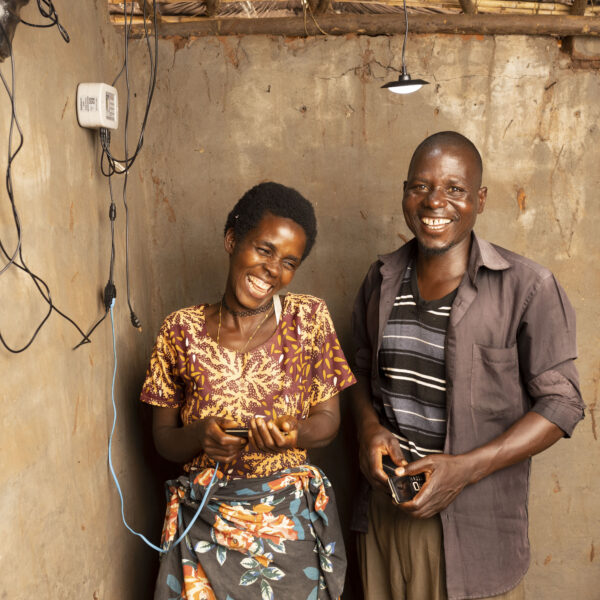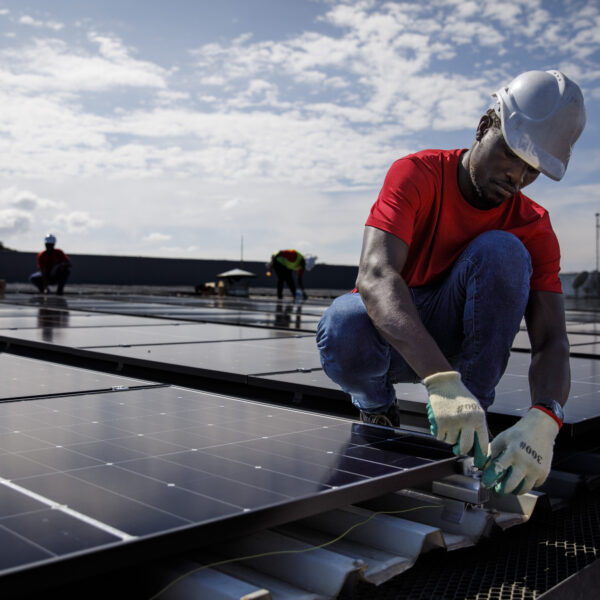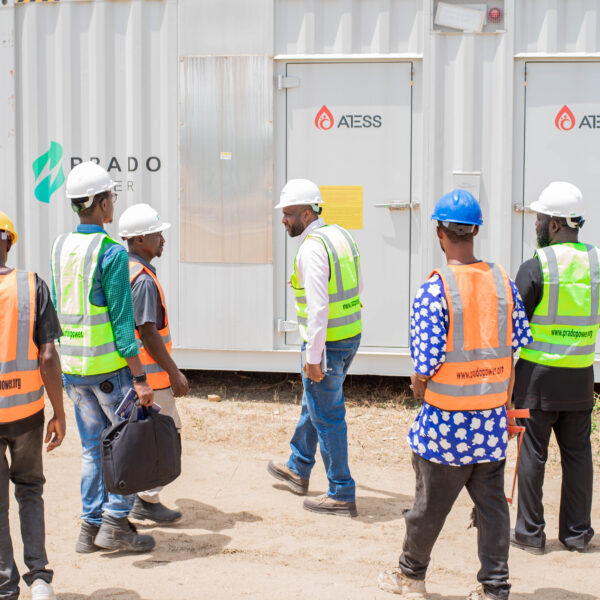SOWITEC’s e-methanol vision has taken the company well beyond its traditional comfort zone of solar and wind project development, into entirely new and emerging territory. In 2024, GIZ-implemented Project Development Programme – an active supporter of green hydrogen initiatives in Kenya – introduced SOWITEC Kenya to GET.invest. The GET.invest Finance Catalyst reviewed and recommended improvements to the project’s information memorandum, provided transaction advisory services, and collaborated with the company on a pitch deck. GET.invest continues to support the project by facilitating introductions with its network of potential financiers, focusing on development finance institutions and grant providers active in the green hydrogen ecosystem.
The green promise of e-methanol
Key figures
Expected results
The green promise of e-methanol
About
Tens of thousands of plastic drums filled with methanol arrive in the port of Mombasa every year, produced abroad with fossil fuels and imported at great expense. Paint manufacturers and other industries across East Africa need this liquid for a myriad of different uses, and there is no way around these costly imports with their large carbon footprints. However, there will be an alternative soon: SOWITEC Kenya plans to replace the shipments with ‘e-methanol’, produced by combining green hydrogen with waste CO2 in an advanced Power-to-X complex in Nakuru County.
SOWITEC Kenya is a subsidiary of the German renewable energy developer SOWITEC International GmbH. Since 2015, it has been developing large-scale wind and solar projects in Kenya, with a project pipeline nearing 600 MW. Renewable energy is part of the recipe for e-methanol. The ingredients are electricity from one of the country’s geothermal power plants, CO2 piped in from effluent geothermal waste gases, and water to electrolyse into hydrogen. The e-methanol process is an emerging technology that would put Kenya at the forefront of Power-to-X efforts – a concept where renewable electricity is converted into useful products like fuels or chemicals, helping reduce carbon emissions. This process would allow Kenya to supply its industries, as well as meet the high demand in neighbouring countries, with a local, carbon-neutral product.
Our support
The outcome
SOWITEC Kenya is targeting an investment of €33 million to build its e-methanol facility. Deploying the emerging technology on this scale will require the right mix of patient capital, grants, and viability gap subsidies to get off the ground. SOWITEC has set its sights on building a private and public consortium of local and international partners, including development banks, to fund the further realisation of the project. This will hinge on the relationships the company is continuing to build, with support from GET.invest.
Rising global buzz around Power-to-X means that the real importance of the facility will be far-reaching, going beyond the many industrial niches of methanol use. For starters, it could catalyse the use of e-methanol as a cooking fuel or as a blend in gasoline engines in the region. Furthermore, green hydrogen developers everywhere have a pressing need for business cases that work, so a demonstration project like this would make a big difference by establishing the viability and cost of production in Kenyan circumstances. A success by SOWITEC Kenya could be replicated in other countries across the continent, and inform other efforts, like producing sustainable aviation and maritime fuels.
Disclaimer: This story was last updated in September 2025.








